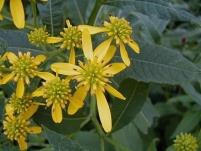2019, Sacramento, California, USA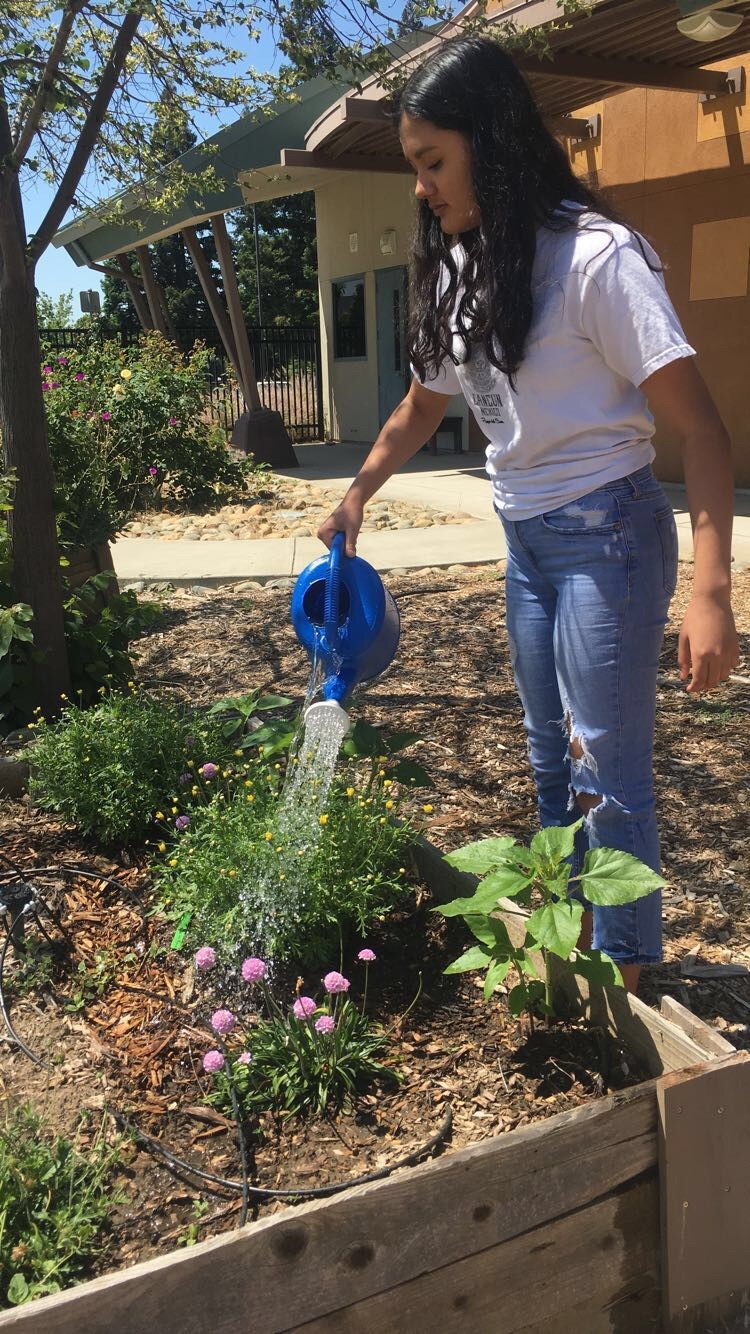
When Anahi Orozco, Giselle Pantoja, and Ryan Mengell, students at George Washington Carver High School, starting researching topics for their Caring for Our Watersheds project, they learned a lot about the importance of pollinators in agriculture and that their numbers have been rapidly decreasing. Learning about issues like Colony Collapse Disorder (in honeybees) as well as habitat loss inspired them to help support bee populations, including many species of native bees that can also serve as successful pollinators.
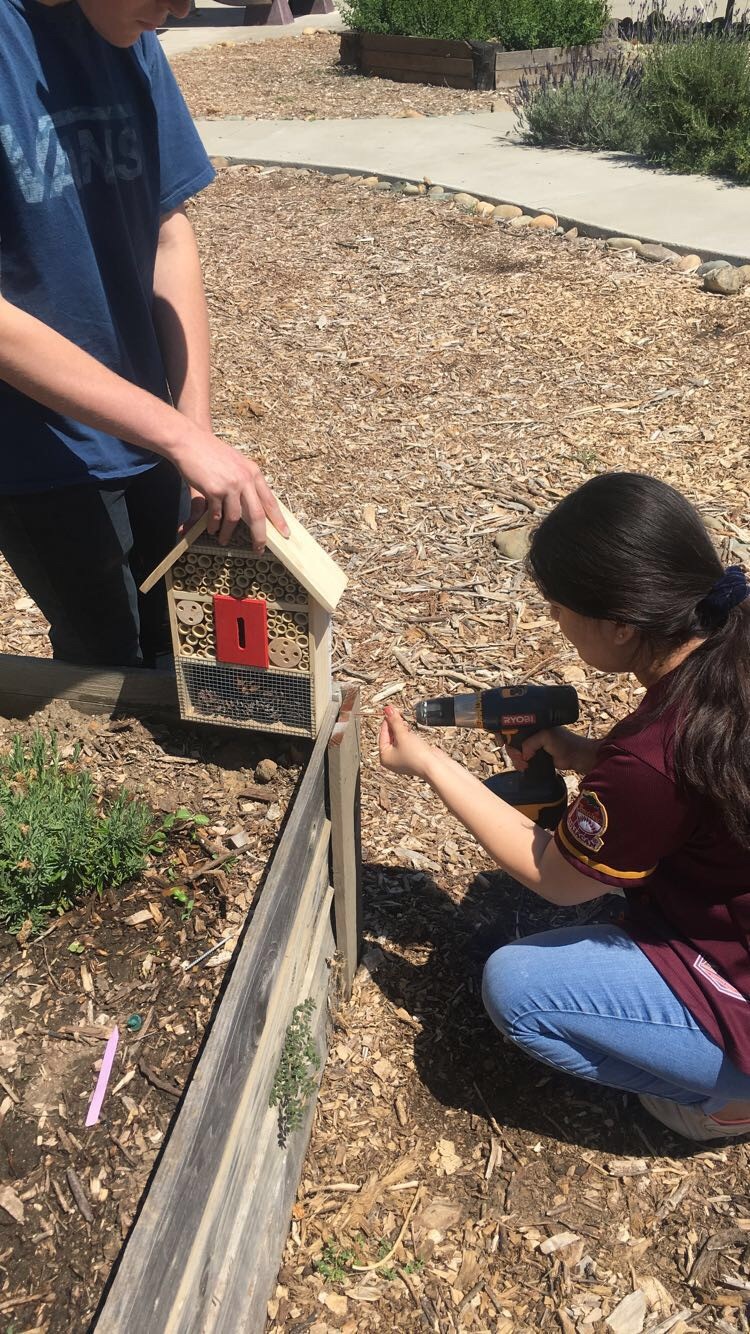
They planted a pollinator garden on campus with several different species that would provide nectar sources throughout the year and installed a bee nesting box that would provide nest sites for different sizes and species of many California native bees.
Establishing this garden will also benefit the pollination in the school’s nearby garden, and serve as a educational component of garden class. Caring for Our Watersheds funding helped purchase plants, soil, and the nest box for their “Bee Friendly” garden.
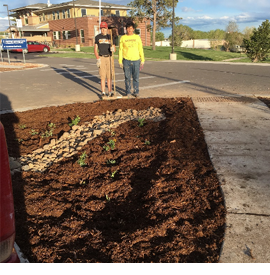
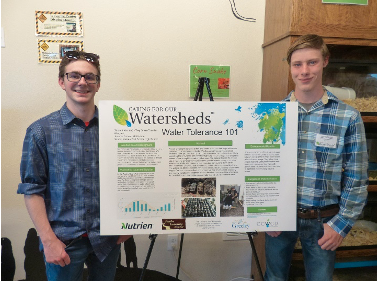

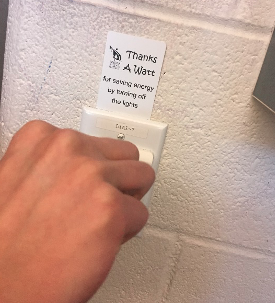

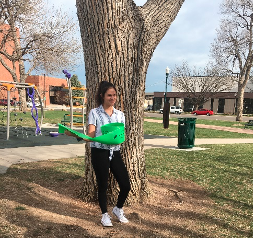

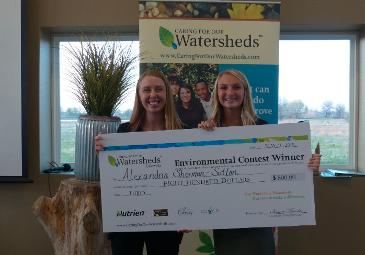

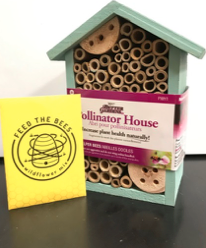
 2019, Pilot Mound, Manitoba, Canada
2019, Pilot Mound, Manitoba, Canada In speaking with the school’s custodian, they were able to see where drainage water flowed, accumulated, and moved across the school property. They realized that this runoff water could be picking up contaminants and sending them into local waterways and could also be contributing to flooding issues in their area. They approached their local conservation district (CD), the Pembina Valley CD, to discuss ways to mitigate these issues. Together, they came up with the idea of rain gardens along the natural swale running through the school yard to filter runoff, increase water infiltration, and reduce pollutants entering nearby waterways.
In speaking with the school’s custodian, they were able to see where drainage water flowed, accumulated, and moved across the school property. They realized that this runoff water could be picking up contaminants and sending them into local waterways and could also be contributing to flooding issues in their area. They approached their local conservation district (CD), the Pembina Valley CD, to discuss ways to mitigate these issues. Together, they came up with the idea of rain gardens along the natural swale running through the school yard to filter runoff, increase water infiltration, and reduce pollutants entering nearby waterways.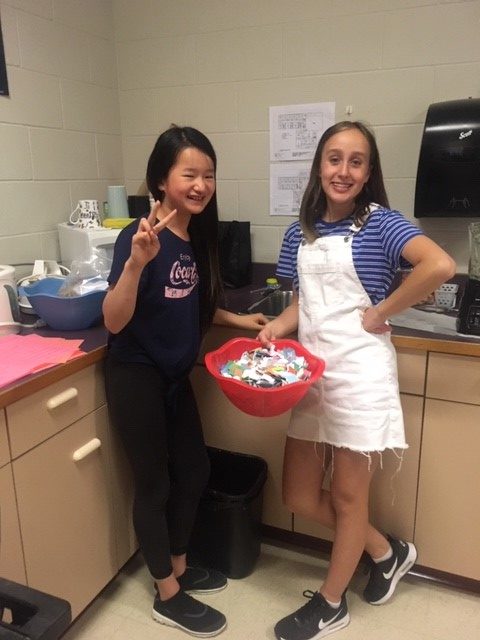 2019, Winnipeg, Manitoba, Canada
2019, Winnipeg, Manitoba, Canada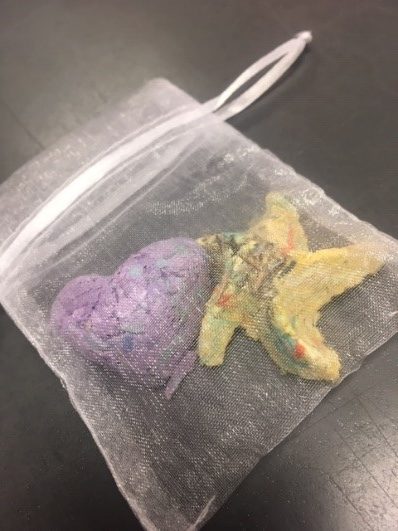 “This is important for our community because our school has recently placed beehives on the school roof. We are worried that the bees will not have enough pollen to support the ecosystem and their hive. Bees are important to our watershed because they pollinate plants and crops… Planting wildflowers around the community will provide food for the bees to help grow our bee population and raise awareness.”
“This is important for our community because our school has recently placed beehives on the school roof. We are worried that the bees will not have enough pollen to support the ecosystem and their hive. Bees are important to our watershed because they pollinate plants and crops… Planting wildflowers around the community will provide food for the bees to help grow our bee population and raise awareness.”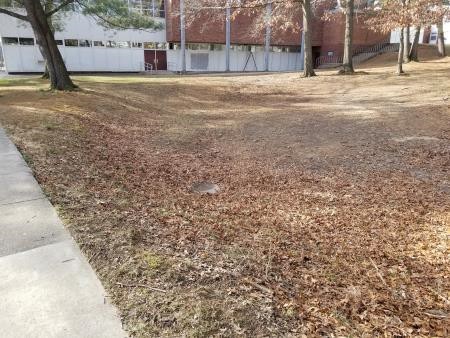 2019, Timonium, Maryland, USA
2019, Timonium, Maryland, USA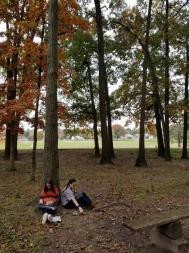 Unfortunately, whatever pollutants the runoff contained also ends up in the Chesapeake Bay. This damages the Chesapeake watershed and the ecosystems that rely on it.
Unfortunately, whatever pollutants the runoff contained also ends up in the Chesapeake Bay. This damages the Chesapeake watershed and the ecosystems that rely on it.